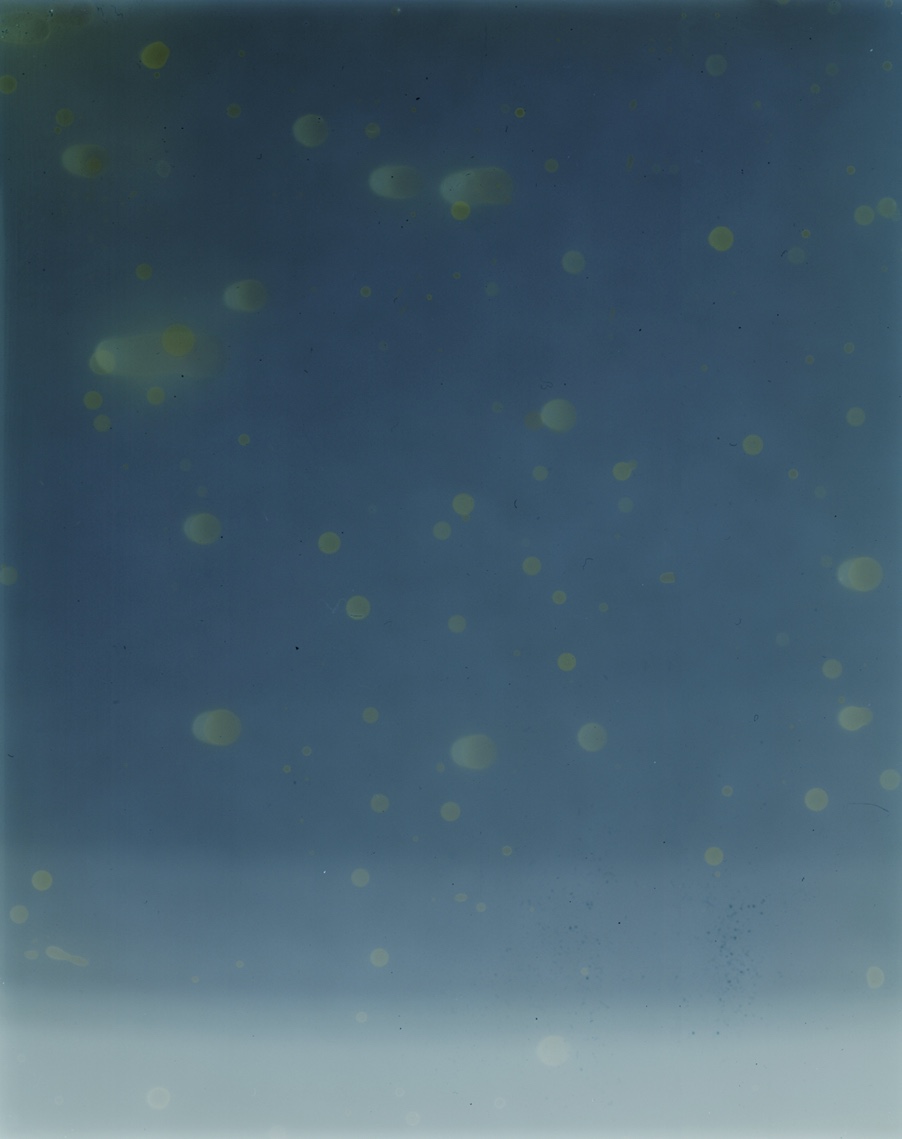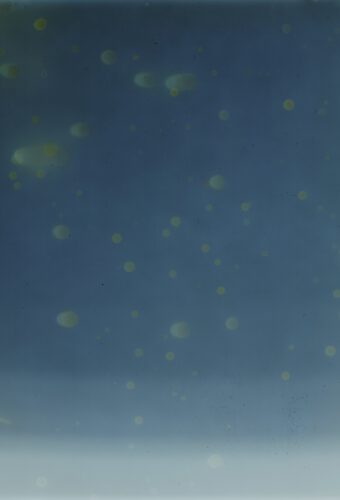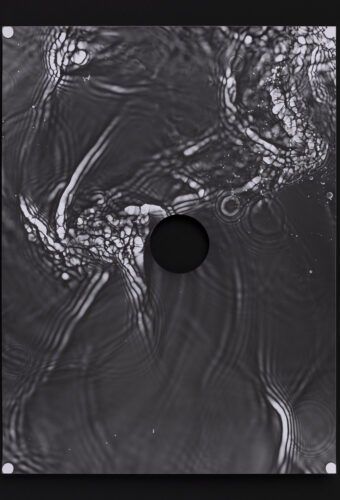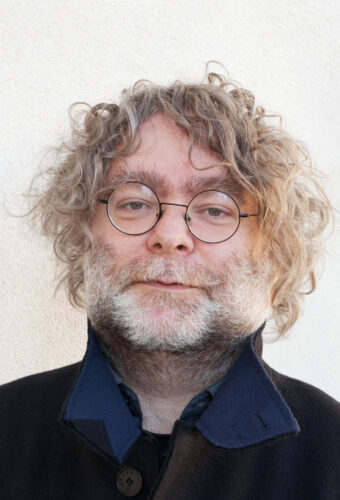Hydromedia
The climate crisis reveals itself in images. Most of them are produced by highly developed and very expensive technologies, like satellite images, ice core drilling, temperature maps, etc. The importance of these ‘images’ cannot be overstated: without the data that these scientific images produce, we wouldn’t even be able to chart the destruction at hand. But, as these images and data-maps only circulate on the computer screens of researchers and data-analysts, they are as such unable to raise public awareness of the crisis.
The images of the climate crisis that circulate within the general population are mostly documentary images that show the damage done to our planet. But these images often depict a scene of devastation so intense and large that it infuses the public with a sense of paralyzing dismay, as if the condition depicted is truly hopeless. As such, these purely documentary images forcefully present the dire condition of the present but are unable to formulate an alternative.
In other words: we are in dire need of developing new and enticing protocols that allow us to rethink and reimagine the relationship between man and nature. For this project we’ll invite artists to develop new easy-to-use protocols based on the photographic principle of direct tracing through physical contact. Sidestepping the purely documentary approach that prevails today in the more popular photographic imagination of climate change, the project would like to develop and promote different and more experimental methods of visualizing and narrating the ecological and climate breakdown. Using this photographic model of direct tracing would make it possible to give voice to nature itself, to let it present itself without being skewed by our human expectations.
Developing and sharing these protocols will allow us to give the general public some new and innovative ways to rekindle their relationship with the natural world they (and we) inhabit and acknowledge the fundamental interdependency of man and nature. Moreover, because these new protocols require the maker to be in physical contact with nature, they are also apt at showing our current predicament as a form of ecological entanglement.





